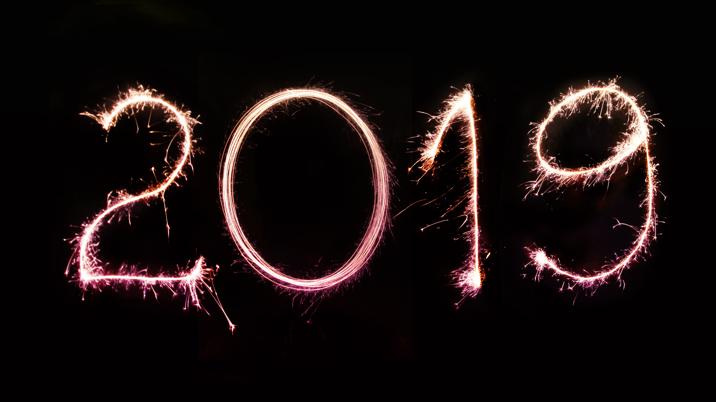
It’s been a shattering year for the country as a whole, with society deeply divided, faith in our institutions severely dented, talk of insurrection and the prospect of decades of healing ahead.
Tragically, 2020 looks like it will be more of the same, all of which makes one long for the time when politics was dull and predictable.
So, on a lighter note, what about publishing? These are the themes that particularly stood out for me:
- Paywalls: a construction boom. They are going up everywhere as publishers take on board the fact that they have valuable content and it’s not unreasonable to ask people to pay for it. Hard, soft or metered, there’s a huge amount of flexibility on offer, but the value proposition is the same for all of them: you give us some money / data and we’ll give you access to our brilliant content.
- Special interest flying high. The recent sad closure of the Marie Claire print edition was a sobering reminder of the challenges facing mainstream magazines. Print circulations continue to head south and digital revenues are not (yet) able to pick up the slack. For niche titles, however, it’s a different story. Titles such as Private Eye, London Review of Books and BBC History Magazine are all selling significantly more print copies than they did ten years ago; for them, the future seems bright and full of opportunity.
- Social media: the penny’s beginning to drop. Despite the best efforts of Facebook and co, we are all gradually beginning to realise that a) They are monopolies and monopolies need regulating; b) They are media companies and media companies need regulating; c) Their platforms are a malign influence on our democracy and mental health, so, err… need regulating. In short, regulation and possible break-up are on the horizon.
- Trust is our biggest challenge and greatest opportunity. The fact that most people now get their news from social media where they are routinely exposed to lies, misrepresentation and distortion means that trust in news is at an all-time low. People don’t know what to believe and they don’t always differentiate between reliable sources and unreliable ones. In their minds, everyone is lying all the time. This is a huge opportunity for trustworthy newsbrands to build audience, just as The New York Times and Washington Post have successfully done since Trump took office. The challenge is to be better than social media, which shouldn’t be difficult, but we’re in the middle of a general election campaign and can all newspapers truthfully say that their coverage has been non-partisan?










